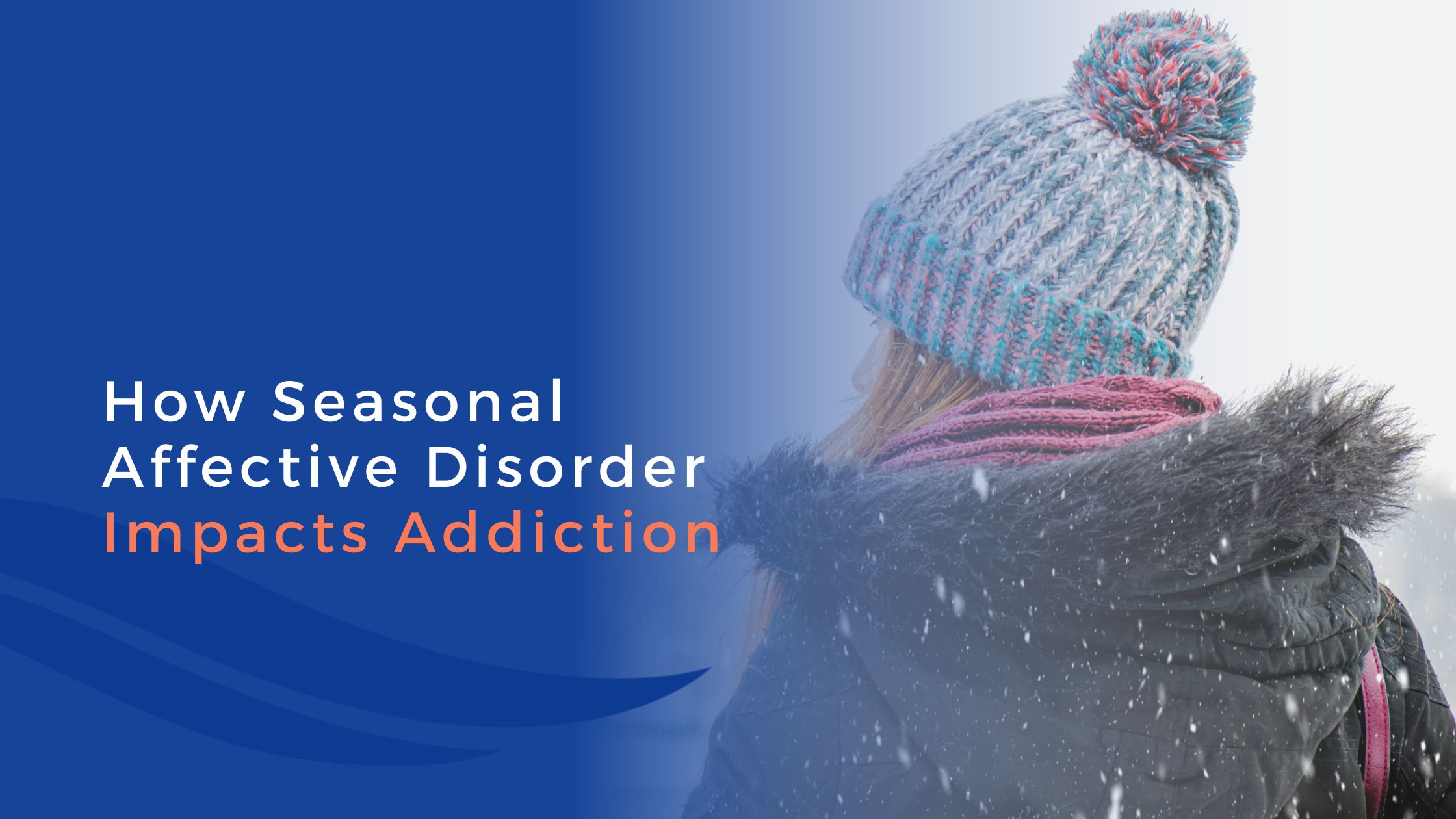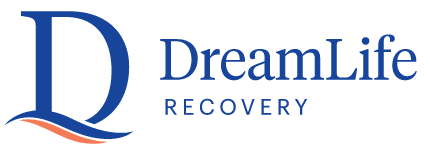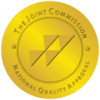How Seasonal Affective Disorder Impacts Addiction


Written By
DreamLife RecoverySeasonal affective disorder (SAD) is a type of depression that gets triggered when seasons change. It predominantly occurs during the cold season changes, particularly as fall transitions to winter. Some people experience it during the spring and summer transition. SAD is severe enough to cause addiction or trigger a relapse.
SAD, like depression, induces persistent sadness and reduces a person’s interest in activities of daily living. The symptoms are intense and can interfere with a person’s life. They include:
- Depressive mood – characterized by hopelessness, despair, lingering sadness, apathy, and discontent
- Lack of interest in hobbies, work, responsibility, and everyday activities
- Anxiety – persistent worry and negative thinking
- Tiredness despite having plenty of resting
- Poor concentration
- Increased or reduced appetite
- Insomnia or feeling sleepy even after a full night’s rest
- Suicidal thoughts and tendencies
How SAD Occurs
SAD occurs and gets sustained as a response to stress. The response is a physiological reaction to internal and external stress. The body picks up these cues using nerves and sensory organs and delivers them to the amygdala, the part of the brain that processes and interprets sensations. Once the amygdala decodes danger in the sensory information, it sends signals to the hypothalamus, which stimulates the adrenal glands to produce adrenaline, a primary stress hormone.
Adrenaline, in turn, stimulates the release of cortisol, another stress hormone. Together, the two hormones work to keep the body anxious. Adrenaline is responsible for the famous adrenaline rush. It raises your heartbeat, breathing, and blood pressure to increase oxygen supply and delivery to the muscle and brain. The body needs this to concentrate and act swiftly on the perceived threat.
Cortisol contributes to the adrenaline rush by mobilizing the breakdown of stored sugars in the body to release glucose used as fuel by the brain and muscles to release energy. The anxious state is essential to defend the body against stressors. Although the stress response is a healthy physiological response, it can malfunction due to overstimulation.
The hyperactive stress response creates a chemical imbalance in the brain. It enhances the production and release of adrenaline and cortisol, leaving you in a persistent anxious state. Both hormones also boost depressive mood by inhibiting feel-good brain hormones and molecules, which work on the reward pathway.
The reward pathway induces happiness, satisfaction, and motivation. As the name suggests, it generates a rewarding feeling after a behavior. Stress hormones hinder this pathway, leaving you dissatisfied, demotivated, and apathetic over life.
How SAD Triggers a Relapse
SAD can trigger a relapse because it sustains and prolongs the depressive mood. Substance abuse and behavioral addiction are psychoactive. They activate the reward pathway.
Unfortunately, they also enhance dependence and tolerance over maladaptive action. Once the brain learns consuming alcohol or gambling reduces the intensity of the depressive mood, it readjusts the reward pathway. It dulls the natural stimulation cycle from feel-good hormones and increases your desire for the new positively stimulating behavior or substance.
The brain prefers unnatural stimulants because they are much more intense in their stimulation. Additionally, their action on the reward pathway lasts longer than their natural counterparts. The brain adapts by motivating you toward the behavior or substance when the depressive mood heightens, leading to dependence. Each stimulation increases its craving for the psychoactive substance or addictive behavior, requiring you to increase the dosage or frequency of behavior to achieve the intended high.
The brain never forgets what it has learned. The addictive pathway gets retained even as therapy and medication help the person with active addiction form new beneficial reward pathways. The concept works like an uncharted path and an old existing path. Initially, people ignore the less-trodden trail.
However, with continued use, the new path slowly becomes more elaborate and a favorite option. The brain will always choose the addictive pathway because of its long-lasting and intense outcome. It is for this reason that people recovering from addiction are more susceptible to relapses.
How to Avoid A Relapse if You Have SAD
SAD is a relapse trigger. As the seasons change, prioritize your mental health to prevent another addiction cycle. Your recovery journey does not make you immune to relapse but managing relapse triggers can prevent addiction.
Here are ways to keep SAD from triggering a relapse.
Light Therapy
If your SAD occurs during winter, invest in a fluorescent lightbox. A 30-minute exposure of a 10,000-lux light intensity or 2,500-lux for 1 to 2 hours every morning can keep you from developing SAD. The sun is scarce during winter, and the nights are long. Light therapy increases the lost daylight period.
Include Vitamin D in Your Diet
Research shows that low vitamin D causes depression. Vitamin D deficiency increases your risk of SAD and relapse if you are recovering g from addiction. The sun helps the body synthesize vitamin D. However, during winter, there is no sufficient sunlight to facilitate vitamin D production. Foods rich in vitamin D include tuna, salmon, and organ meat like liver and kidney. You can also get vitamin D in fortified milk and cod liver oil supplements.
Plan for Winter Activities with Friends and Loved Ones
Maintain your social interactions during winter. Research shows that healthy and consistent social connections activate the reward pathway. Socializing also provides support, accountability, and a sense of belonging, enabling you to make better choices, improve your mood, and find encouragement.
Therefore, make plans for the incoming season. Spend some time outside with loved ones. Surround yourself with friends and family for fun and meaningful interactions. Resist the urge to isolate.
Get Extra Support from a Recovery Group
Support groups are the easiest way to find like-minded individuals looking to overcome addiction. Their stories will inspire you to avoid relapses. You get instant support and accountability. You get to witness the change and possibilities of staying sober. You also have a shoulder to lean on when you are weak or stumble in your recovery journey.
Find a support group for people with SAD, people recovering from addictions, or a dual-diagnosis rehab program that can address co-occurring disorders with the intention of treating the underlying cause of the addiction, which is often a mental health condition that may or may not have been diagnosed.
If you or someone you know is struggling with a co-occurring disorder, please don’t hesitate to contact DreamLife Recovery. Our compassionate staff will be more than happy to answer any questions you may have about our dual-diagnosis treatment programs and how we can help those affected by addiction and mental afflictions. For more information, contact us at 855-384-5808.






